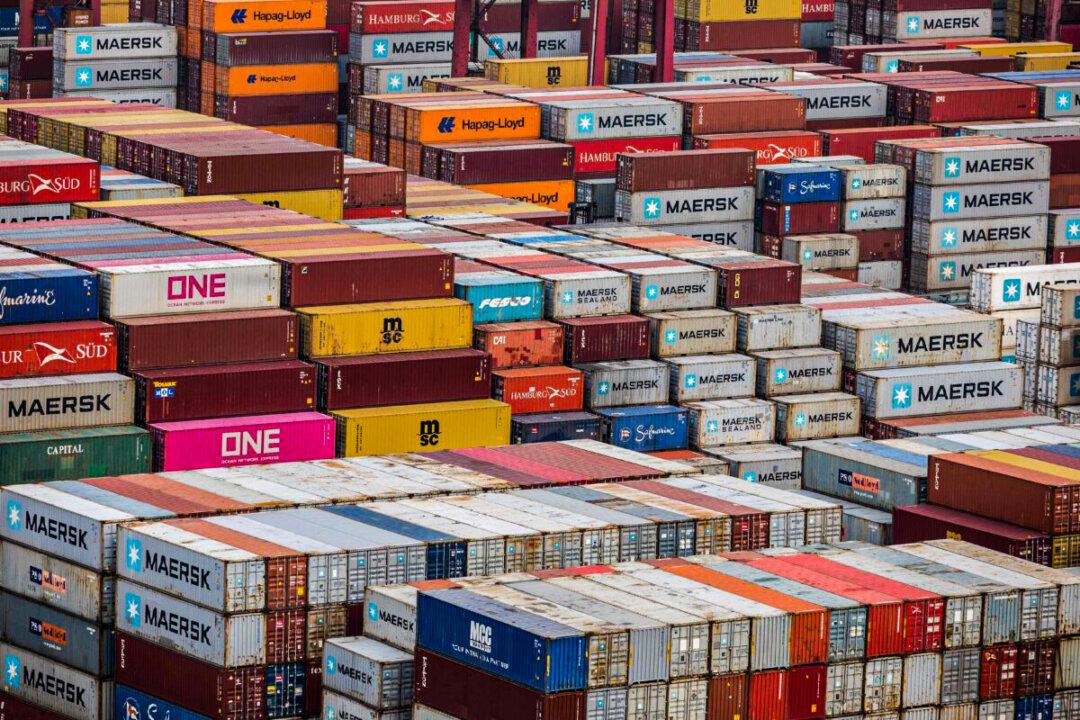News Analysis
A recent report from the U.S. Federal Maritime Commission (FMC) showed that China’s control of global container manufacturing poses a threat to supply chains and economies worldwide.

A recent report from the U.S. Federal Maritime Commission (FMC) showed that China’s control of global container manufacturing poses a threat to supply chains and economies worldwide.